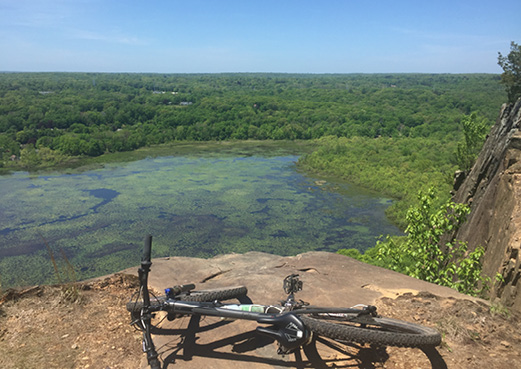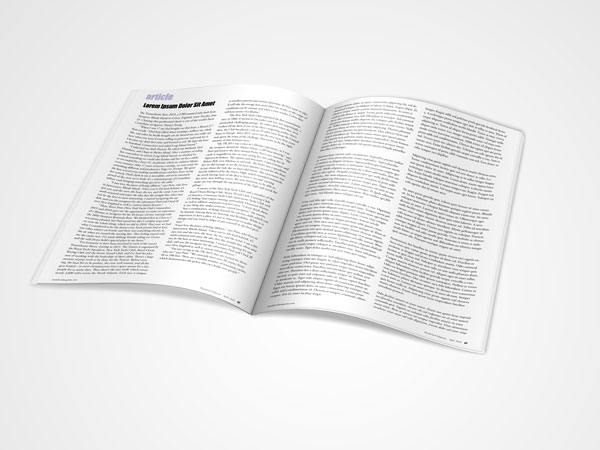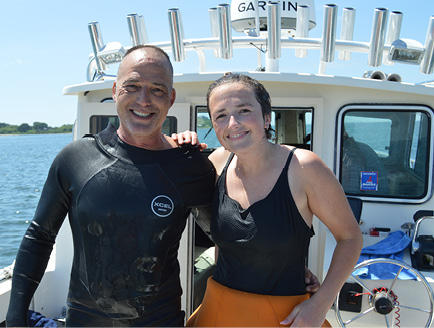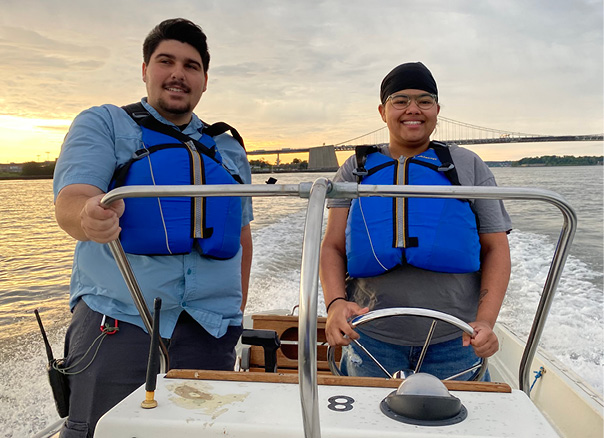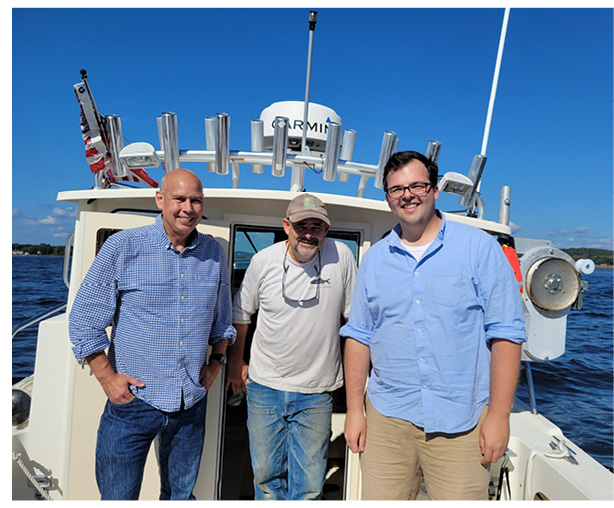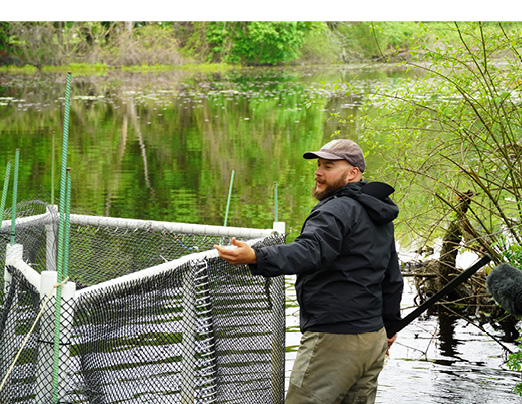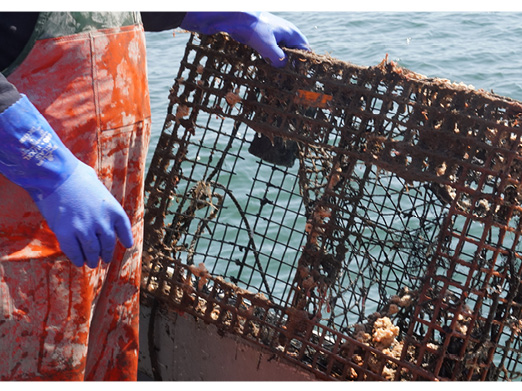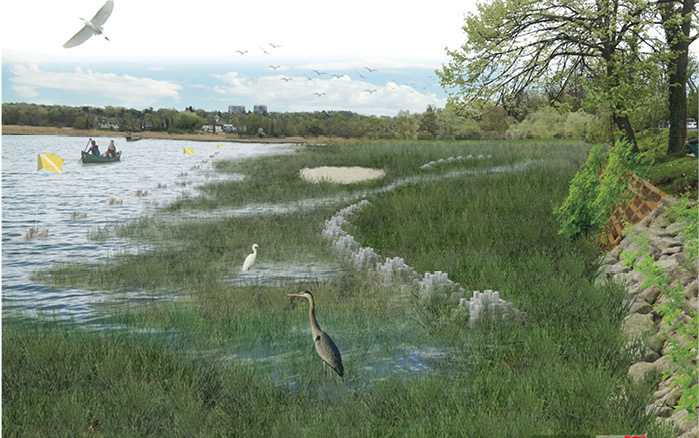Save the Sound Dispatch
Investing in Our Natural Refuges
By David Seigerman, clean water communications specialist Off the beaten paths, patches of Opuntia humifusa are preparing to bloom. Bright bursts of yellow will pop this summer from spiked green pads that look like a beaver’s tail crossed with a stegosaurus’. Yes, cacti grow around Long Island Sound’s shores, particularly in two sections of West Rock Ridge State Park, a 1,691-acre open parenthesis of green space spanning New Haven and Hamden, CT. And Annalisa Paltauf isn’t…

